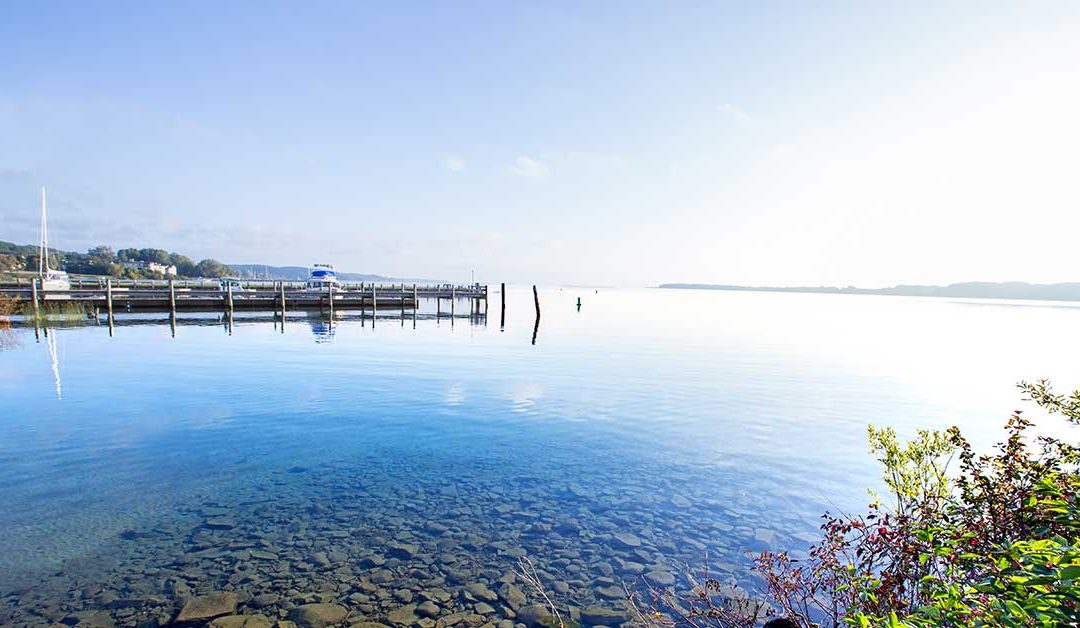Water is central to Michigan’s identity. It is home to 104,252 square miles of water, the most in the contiguous United States. It has 11,000 inland lakes and 3,400miles of shoreline (Austin, Good, and Kolluri 2017). Water is vital to Michigan’s economy, and is used in farming, manufacturing, mining, and energy production. One in five Michigan jobs is tied to industries closely related to water quality and quantity (Rosaen 2014).
Michigan’s water infrastructure helps keep our water clean and pure, and it delivers safe drinking water to millions of state residents. It helps protect streams and lakes from sewage discharge and contaminated stormwater runoff. However, it is a system under stress. There is an estimated $800 million annual gap in the investment needed to meet Michigan’s water infrastructure needs resulting from decades of deferred maintenance (21st Century Infrastructure Commission 2016).
The challenges with the current system are becoming more obvious; water shutoffs in Detroit, the sinkhole in Fraser, the Flint water crisis, and the billions of gallons of raw sewage that flow into Michigan waters each year point to a system in need of attention.
READ MORE AT: Investing in Michigan’s Infrastructure – Building for Economic Growth

